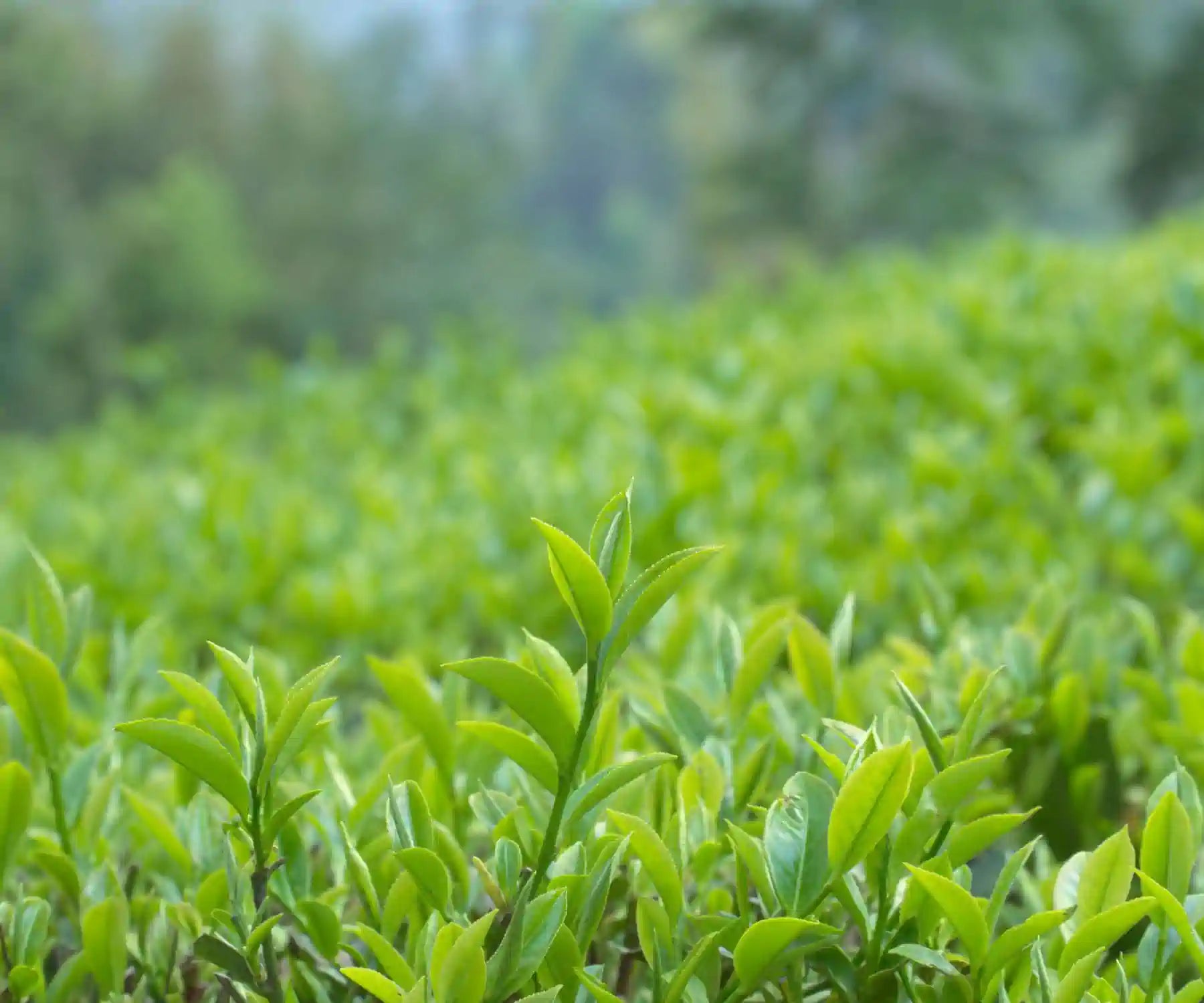I've met so many people who often get confused with tisanes and teas. Most of the time, they have one burning question: Where do all these teas come from? Well, let me spill the tea (pun intended) on this fascinating topic!
The Camellia Sinensis: The One Plant to Rule Them All
Here's a fun fact that might blow your mind: all true teas come from the same plant! Yes, you read that right. Whether you're sipping on a delicate white tea, a robust black tea, or a grassy green tea, they all originate from the leaves of the camellia tea plant, scientifically known as Camellia sinensis.
This evergreen shrub is like the superhero of the tea world. It's native to East Asia but is now cultivated in many parts of the world, from misty mountain slopes to lush tea gardens. The camellia tea plant is hardy and can grow up to 50 feet tall if left unpruned. But in tea gardens, it's usually kept at a manageable height for easy harvesting.
Different Teas, Same Plant: How Does That Work?
Now, you might be wondering, "If all teas come from the same plant, why do they taste so different?" Great question! The magic lies in the processing methods and the specific variety of the camellia tea plant used.1. Green Tea: These leaves are heated quickly after picking to prevent oxidation, preserving their fresh, grassy flavor.
2. Black Tea: The leaves are fully oxidized, giving this tea its characteristic bold taste and dark color.
3. Oolong Tea: Partially oxidized, falling between green and black teas in flavor and color.
4. White Tea: Made from young buds and leaves, minimally processed for a delicate flavor.
5. Pu-erh Tea: Undergoes a unique fermentation process, resulting in a deep, earthy flavor.
The two main varieties of the camellia tea plant are Camellia sinensis var. sinensis (Chinese variety) and Camellia sinensis var. assamica (Assam variety). The Chinese variety is typically used for green and white teas, while the Assam variety is often used for black teas.
What About Herbal Teas?
Here's where things get a bit tricky. Those fruity, floral, or spicy "teas" you enjoy? They're not technically teas at all! These are called tisanes or herbal infusions. They don't come from the camellia tea plant and are caffeine-free (unless they're blended with true tea).
The Camellia Tea Plant: A Living Legend
The history of the camellia tea plant is as rich as its flavor. Legend has it that tea was discovered over 5,000 years ago when some leaves from a wild tea plant fell into Emperor Shen Nung's pot of boiling water. Whether that's true or not, we do know that tea has been cultivated and enjoyed for thousands of years.
Today, the camellia tea plant continues to captivate tea lovers worldwide. From the misty hills of Nepal to the sprawling plantations of Ceylon, this remarkable plant produces beverages that comfort, energize, and bring people together.
So, the next time you're enjoying your favorite cup of tea, take a moment to appreciate the incredible camellia tea plant. It's not just a source of delicious beverages; it's a testament to nature's diversity and human ingenuity. Who knew so much variety could come from one little leaf?
Source Acknowledgement:
https://vegetables.wsu.edu/tea/
https://plants.ces.ncsu.edu/plants/camellia-sinensis/
https://www.gardenia.net/plant/camellia-sinensis
Authored By:
Bhaskar Dahal
2nd Generation Tea Entrepreneur
Founder and C.E.O, Nepal Hills Tea Inc.
Frequently asked questions about Camellia Tea Plant
1. What is Camellia sinensis?
Camellia sinensis is the scientific name for the tea plant, an evergreen shrub native to East Asia, the Indian Subcontinent, and Southeast Asia. It is the source of all traditional teas, including green, black, white, and oolong teas.
2. How does Camellia sinensis affect the flavor of tea?
The flavor of tea is influenced by the variety of Camellia sinensis used, as well as the microclimate where it is grown. Factors such as altitude, temperature, and soil composition play a significant role in the final taste profile of the tea.
3. What are the main varieties of Camellia sinensis used for tea production?
The two primary varieties are Camellia sinensis var. sinensis, known for producing delicate and nuanced teas, and Camellia sinensis var. assamica, which yields robust and malty teas. Other varieties and hybrids also contribute to the diversity of teas.
4. Where is Camellia sinensis grown?
Camellia sinensis is cultivated in many regions worldwide, including China, India, Nepal, Sri Lanka, Japan, and Kenya. Each region's unique growing conditions contribute to the distinct characteristics of its teas.
5. Can all types of tea be made from Camellia sinensis?
Yes, all traditional teas—green, black, white, oolong, yellow, and pu-erh—are made from the leaves, buds, and stems of Camellia sinensis. The type of tea produced depends on how the leaves are processed after harvesting.




